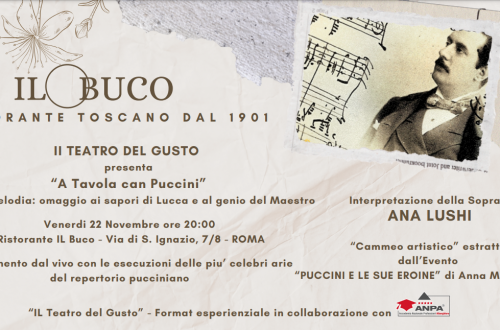
The 4 most iconic Roman Pasta
Italian cuisine is renowned worldwide for its diverse flavors, regional variations, and emphasis on fresh, high-quality ingredients. Rooted in a rich history that dates back centuries, Italian cuisine is a delightful mosaic of flavors, influenced by various cultures and climates across the country’s diverse regions. Here are some key aspects:
Regional Diversity: Italy’s cuisine isn’t a monolithic entity but a tapestry of regional specialties. From the tomato-rich dishes of the south to the buttery and creamy recipes of the north, each region boasts its own signature dishes and ingredients.
Emphasis on Fresh Ingredients: Italian cooking places a high value on using fresh, seasonal ingredients. Tomatoes, olive oil, garlic, basil, and pasta are common staples, but the cuisine’s essence lies in letting these ingredients shine in their simplicity.
Pasta and Pizza: These are iconic staples of Italian cuisine. Pasta comes in various shapes and sizes, often paired with diverse sauces, while pizza, originating from Naples, features a thin crust and a variety of toppings.
Wine and Cheese: Italy is celebrated for its diverse and high-quality wines and an array of exquisite cheeses, each with its distinct flavors and textures.
Dolci (Desserts): Italian desserts include classics like tiramisu, cannoli, gelato, and panna cotta. These sweet treats are often a perfect end to a sumptuous meal.
Cultural Significance: Food isn’t just sustenance in Italy; it’s a celebration of life, family, and community. Meals are often a social event, bringing people together to share in the joy of eating and connecting.
Overall, Italian cuisine is a harmonious blend of tradition, simplicity, and respect for the natural flavors of its ingredients. Whether it’s a humble pasta dish or an elaborate multi-course meal, Italian cuisine continues to captivate taste buds and hearts around the world.
ROMAN PASTA
Absolutely! Roman cuisine boasts some of the most iconic and beloved pasta dishes in Italian gastronomy. Each of these dishes holds a distinct flavor profile and history.
- Cacio e Pepe: This dish is a simple yet flavorful pasta made with Pecorino Romano cheese and black pepper. The cheese is grated and mixed with pasta water to create a creamy sauce, then tossed with spaghetti or tonnarelli. The addition of freshly ground black pepper provides a sharp, spicy flavor that perfectly complements the salty cheese.
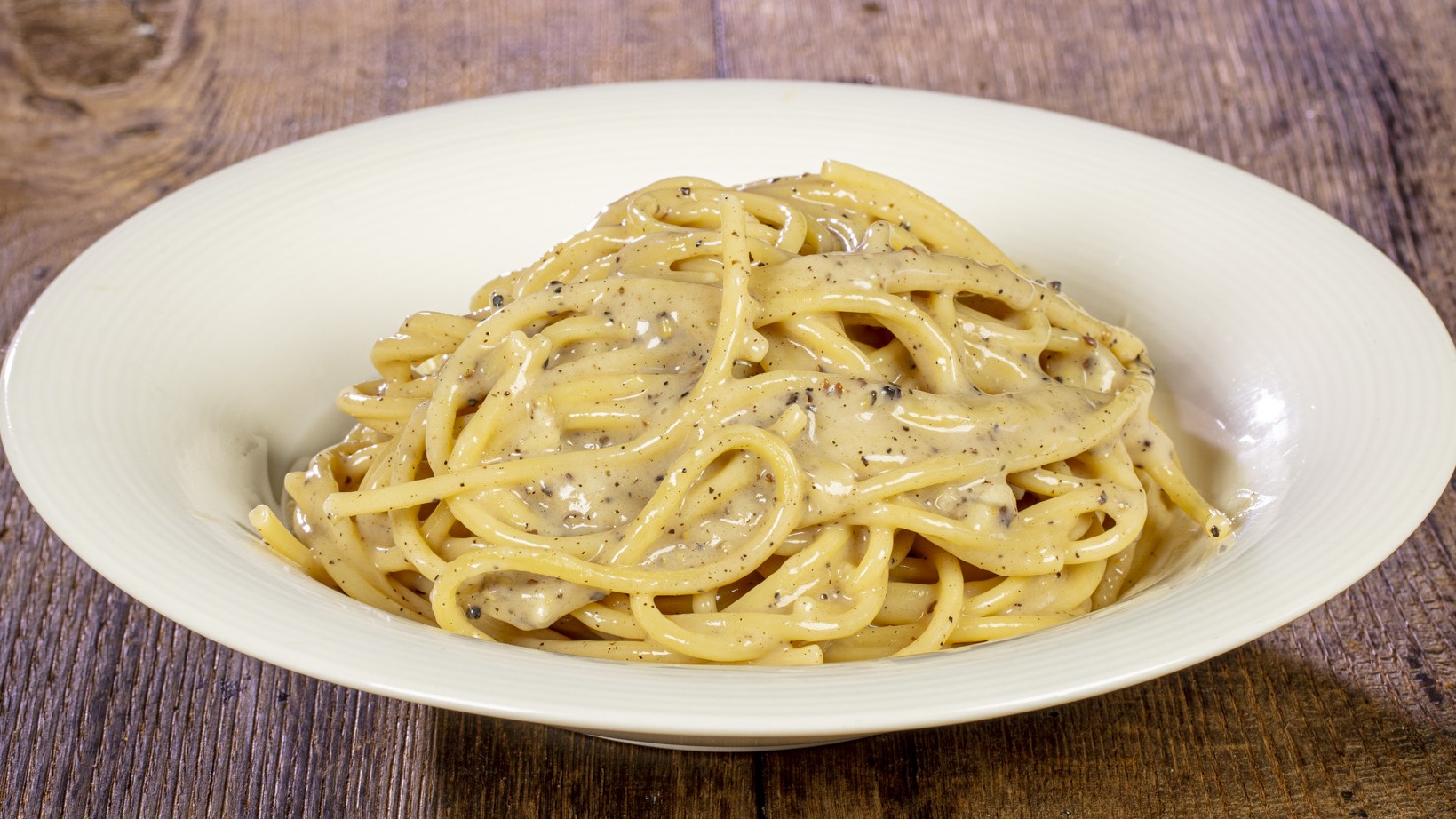
- Gricia: Gricia is similar to Cacio e Pepe but without the pepper. It’s made with Pecorino Romano, guanciale (cured pork cheek), and pasta such as rigatoni or bucatini. The guanciale is slowly fried to release its flavorful fat, creating a rich, fatty sauce when combined with the cheese and pasta.
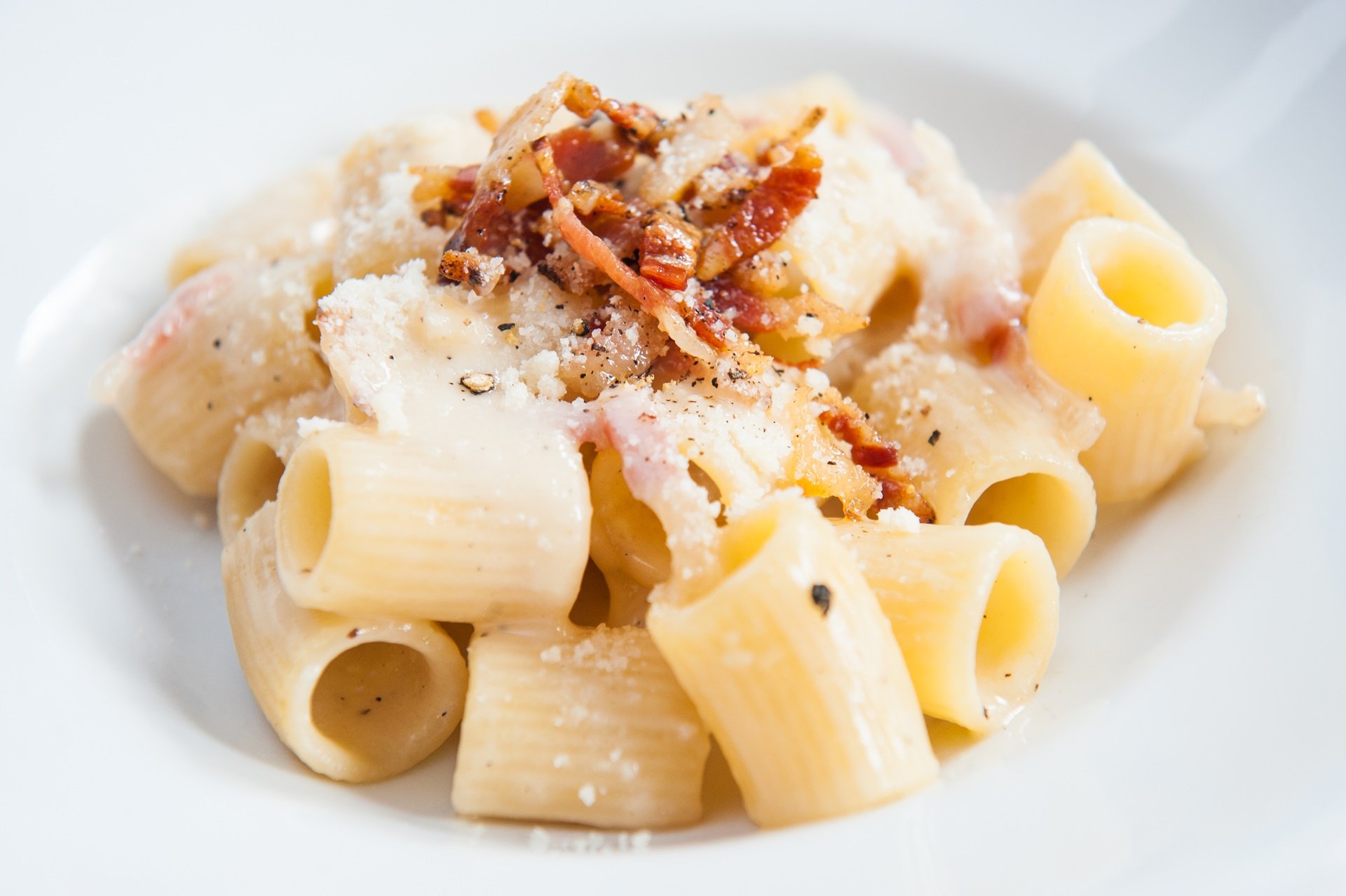
- Carbonara: Perhaps one of the most famous Roman pasta dishes, carbonara features a luscious sauce made from eggs, Pecorino Romano cheese, guanciale, and black pepper. The hot pasta is combined with the raw egg and cheese mixture, which cooks slightly from the heat of the pasta, creating a creamy and velvety sauce. It’s usually served with spaghetti or rigatoni.
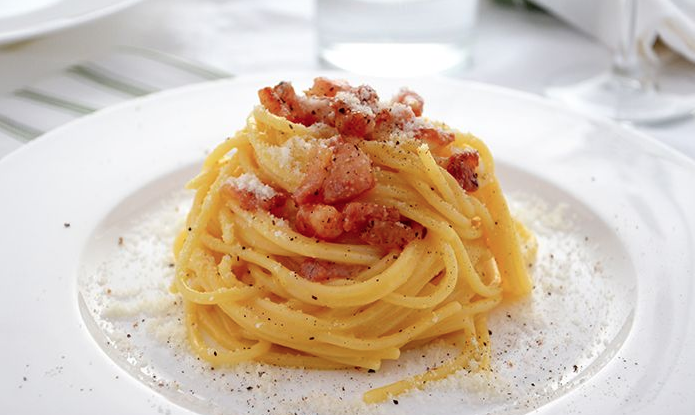
- Amatriciana: This pasta sauce is made with tomatoes, Pecorino Romano cheese, guanciale (or sometimes pancetta), and red pepper flakes. The guanciale is cooked in a tomato sauce and then combined with the pasta, providing a slightly spicy and savory flavor.
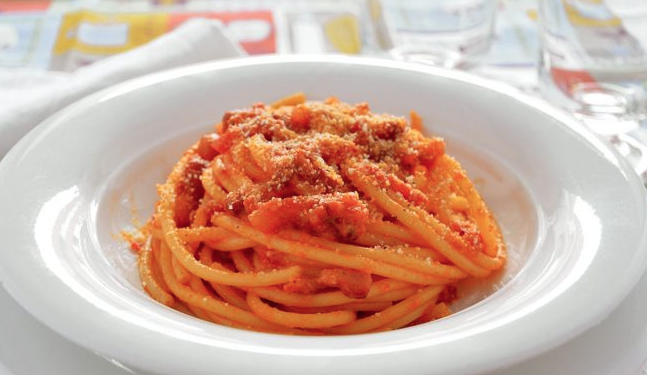
These dishes are not only delicious but also showcase the simplicity and richness of Roman culinary traditions.
Go to Rome and Enjoy.
![]()


